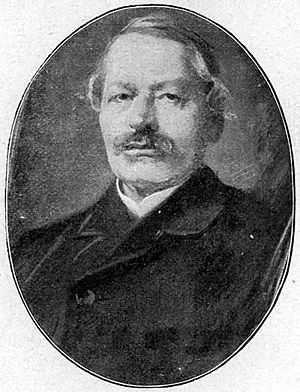Though the beginning of your story is crucial and needs to draw people in, your middle is what keeps them reading your story or book. You have to give them rising action, a climax, falling action, and the denouement or the resolution of all conflicts. Here’s what I mean:

- Image via Wikipedia
- Begin with what Gustav Freytag called “The Exposition.” Introduce your main character and begin the conflict or main problem in your story with an important incident that provokes the issue. Also provide any information the audience requires to understand the situation.
- Continue on to tell the story. Make the conflict worsen. Introduce sub-plots, and intensify the story.
- The climax is where everything comes to a head. It’s the high-point of your story, where the character needs to make a crucial decision in solving the conflict. This decision may help or hinder,
- Then, the action tapers off — the action falls — as the conflict is heading toward resoltion.
- The final piece is the denouement. The conflict ends and your audience is relieved. The tension wanes. Though some sub-plots can be resolved earlier, any loose ends need to be tied up
Those are the basic elements of Freytag’s Pyramid, and the model from the 19th Century can still be valid in the 21st, and it’s a good place to start. Though there are certainly other configurations, and though many authors like to test new styles, following this basic structure for the middle of your book or story can be a good, solid foundation that you can start writing with.
Once you’re into writing stories for the kids you’re targeting, many other styles can be tried. But often, new writers look at every project as an “enormous amount of work,” and I won’t kid you… writing any book is an enormous amount of work. But… there’s nothing like typing that last word into the computer and then, seeing your work in print. Get started! 🙂

